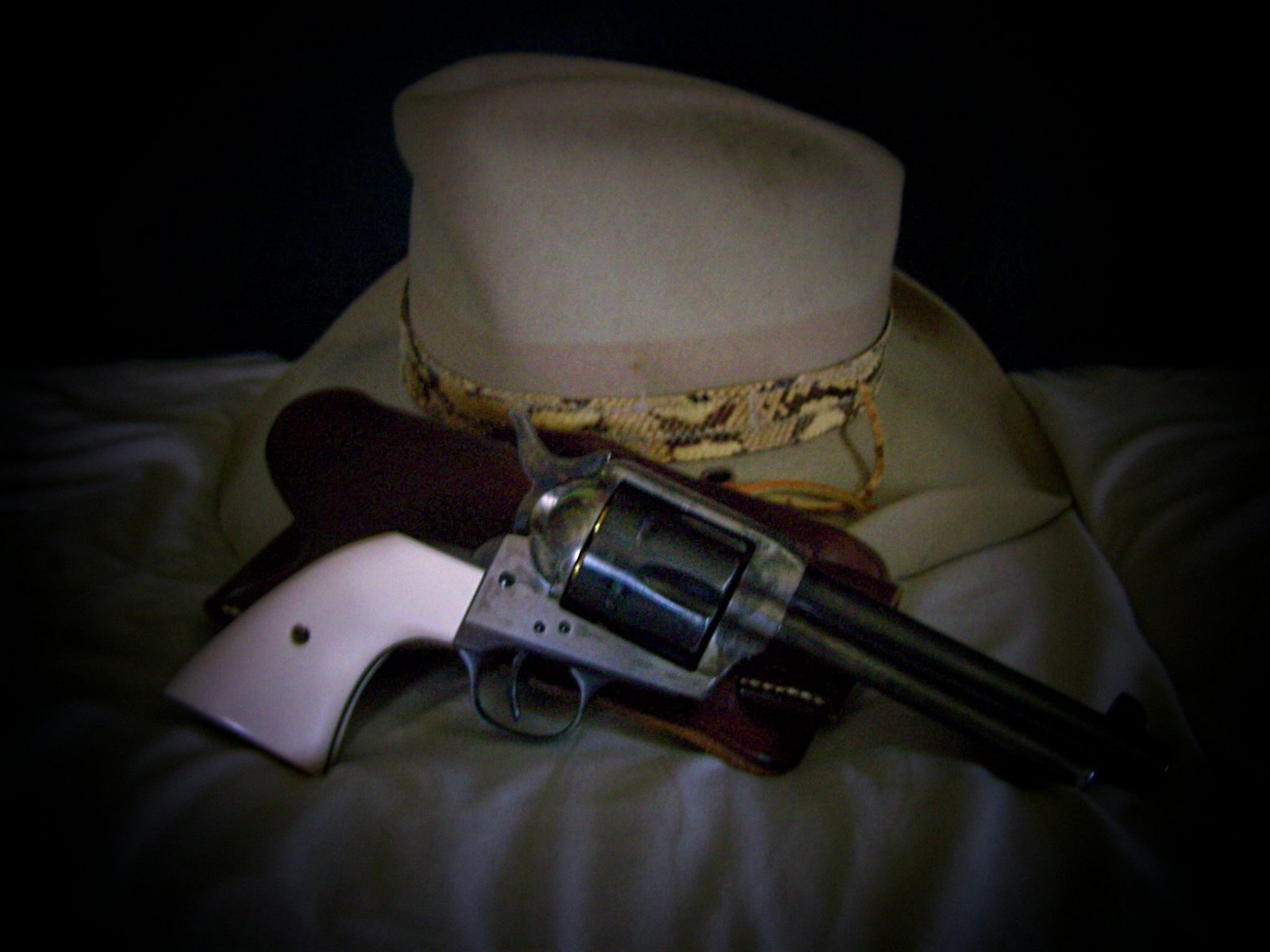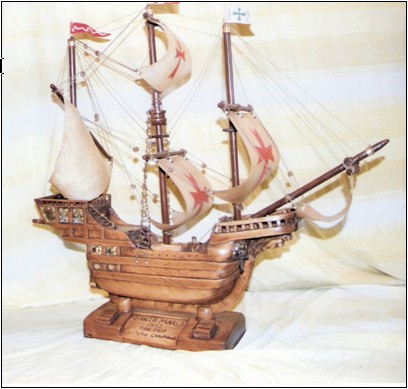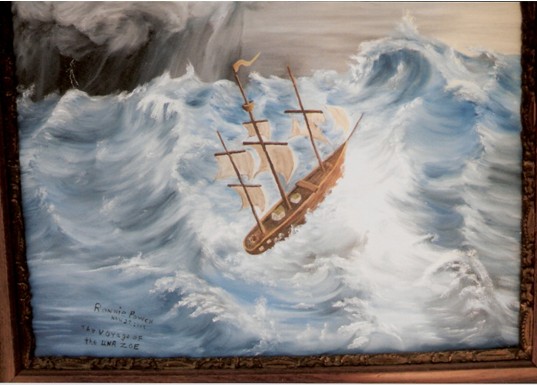Time Capsule or Buried Treasure?
There are no photos, only Memories
Buried in the obscurity of Mother Earth, man has since the dawn of time hidden many aspects of the past. Wealth of great measure secretly buried during war time and forgotten or unknown to a living relative to be discovered years later during construction projects such as highways, home sites and the clearing of a fence row are but a small number of such places. In a fence row near the south bank of the Dousinberry Creek a quart jar was unearthed containing a few twenty dollar gold pieces. A small treasure by today’s standard but at the time these coins were placed in the ground represented a goodly fortune. A friend of mine, a metal detector enthusiast located a stoneware jar of approximately a quart capacity containing over fifty gold pieces. He understandably would not reveal the location. This treasure represented a significant fortune in any time period, past or present.
Pirates were noted for burying plundered gold, silver and jewels and even as far inland as Missouri, legends tell of buried treasure hidden somewhere in the hills. One story comes to mind of a stagecoach loaded with Federal gold hijacked not far from Corkery, Missouri and supposedly hidden in a cave along the Niangua River. The gold has never been found or so the story goes.
During the years I spent exploring the land along the Niangua River Basin I too uncovered small caches of treasure, a coin here, an old sliver ring there, a seven shot revolver to mention but a few of the artifacts unearthed by an intruding pix or shovel.
It of course does not necessarily take a pirate, an old west outlaw or a family member fearing for the safety of gold to bury treasure in the ground, on the contrary, a lad of ten years of age is capable of such an act. A stealth figure slipping through tall grass to an old log barn, where beneath a log he places a brass box wrapped tightly in oil cloth next to a rusty Civil War musket barrel, an iron spur, missing its rowel and a broken World War One bayonet.
The brass box contained a wonderful array of artifact, collected over time and considered priceless by the boy. Four promotioal cards wrapped in tin foil lay on top of the heap within the box. Two of the cards portrayed Lash Larue, another Roy Rogers and the last Gene Autry. Four pocket knives with a blade each broken off lay in one corner of the box next to an assortment of large glass marbles. Two silver rings fashioned from silver dollars lay among several large costume brooches along with a glass beaded necklace of striking colors. A small cloth bag containing Ten Indian Head pennies, a nickel plated cigarette lighter, a lead skull ring and lastly a pocket watch missing its hands were the sum of the contents of the vintage sewing box.
The lad confident the treasure was safe replaced two large stones over the hole and left. But unbeknownst to him, at least at that time, groundhogs had taken up residence under the old barn and quickly established a network of burrows, running the length and breadth of the structure. Unfortunately several months later upon checking the cache, the lad found it gone, falling deep into a burrow, beyond the depth he was allowed to dig.
On occasion when passing my boyhood home site I wonder about those treasures laying deep in the soil where the barn once stood. It is possible that someday, perhaps there will be reason to dig there and unearth that small collection of treasures or time capsule that I so carefully placed to keep hidden from my brothers. It will not be a significant discovery or bring great riches to the finder and no one will know that it once was very important to a boy of the 1940’s. Adios
 A beautiful view from the new bridge over the Niangua River
A beautiful view from the new bridge over the Niangua River






















































